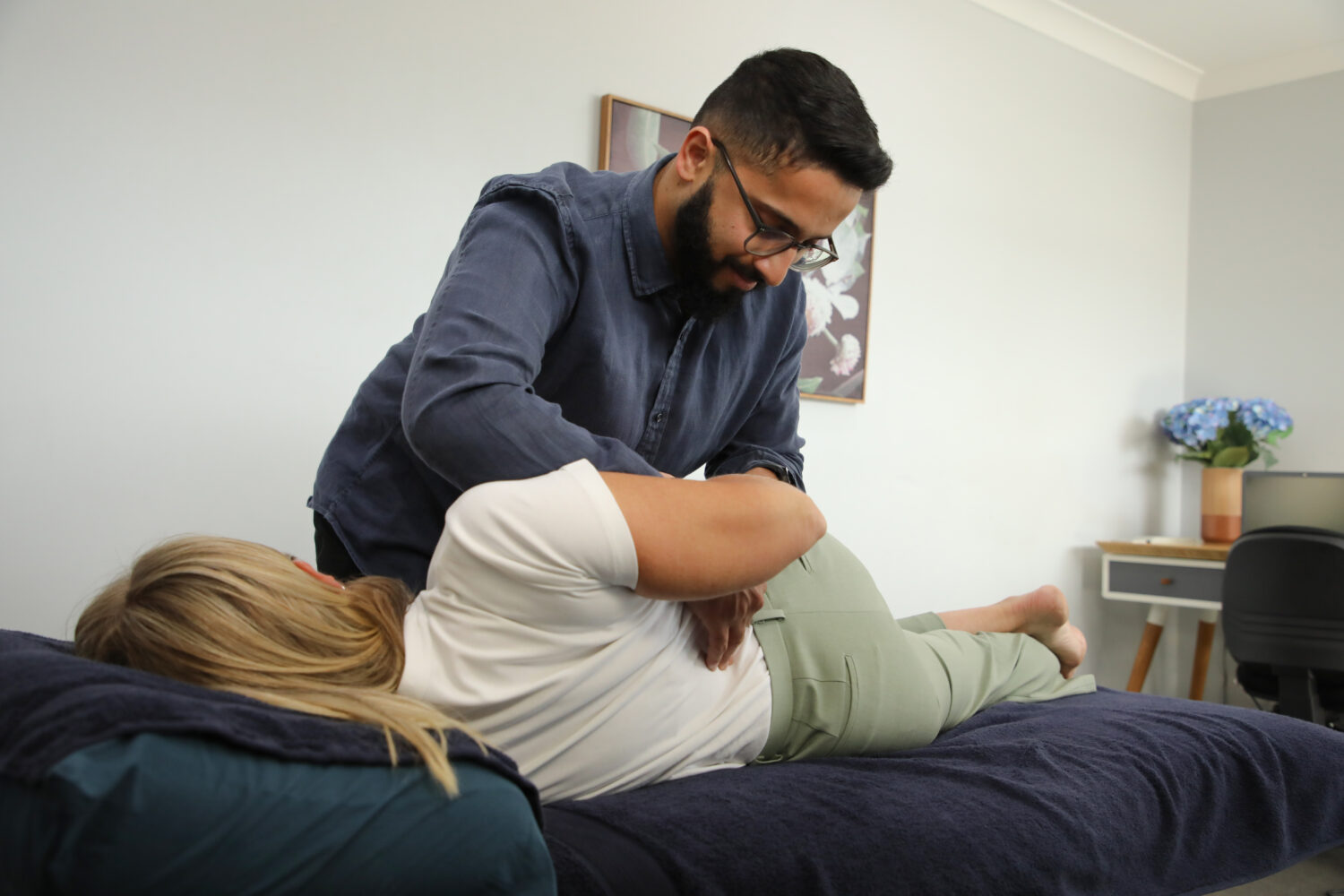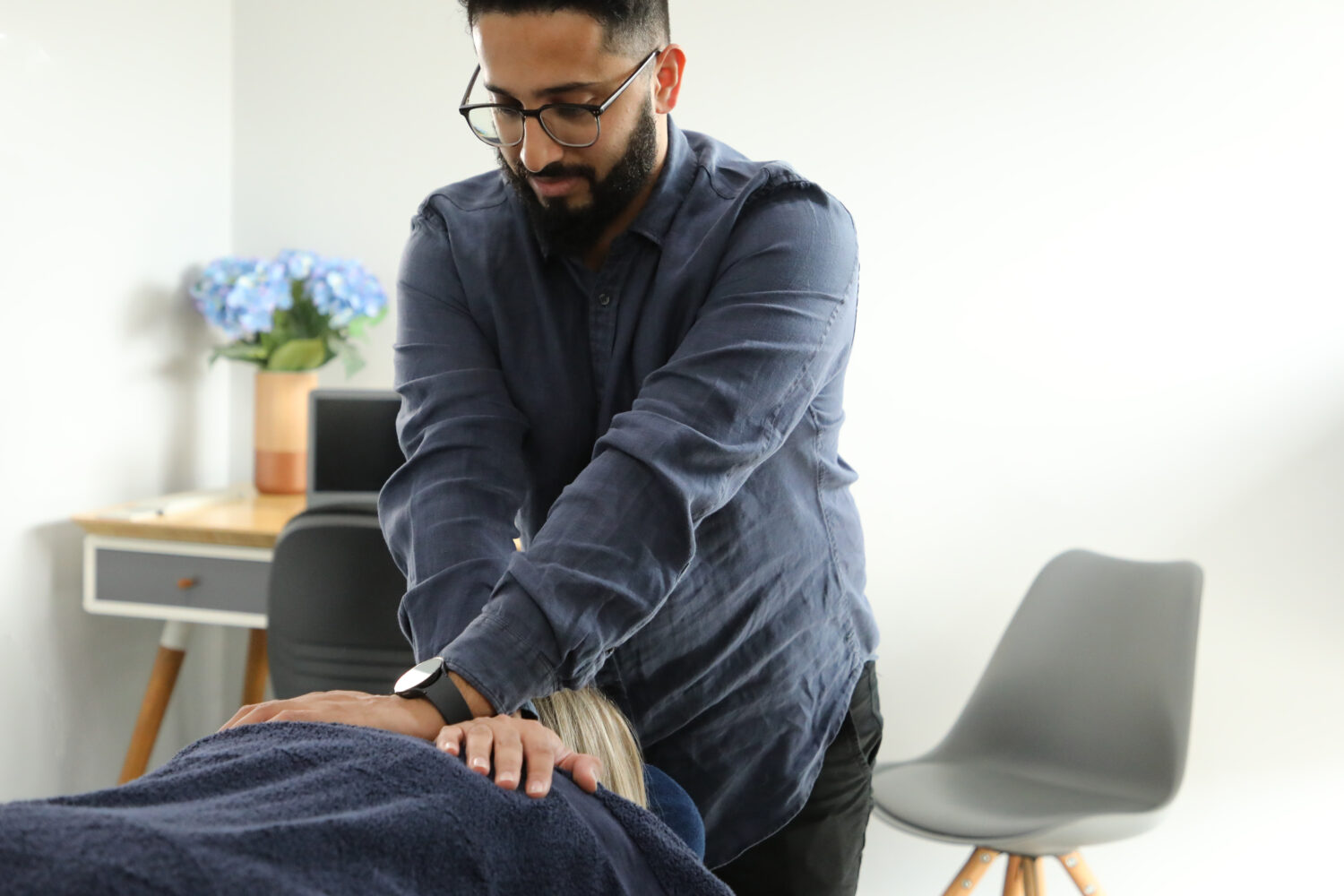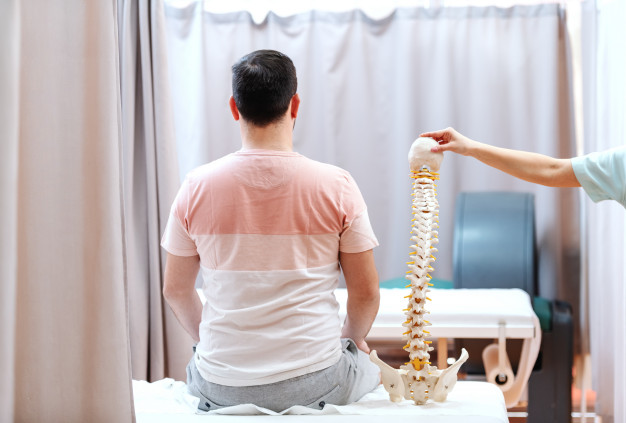JOINT MANIPULATION
Skye2025-05-15T02:21:37+00:00What is it? And Why do Osteopaths Manipulate Backs and Necks? Cracking, also known as High Velocity Low Amplitude technique (HVLA) or spinal manipulation or spinal adjustment, is a therapeutic technique used by osteopaths and





